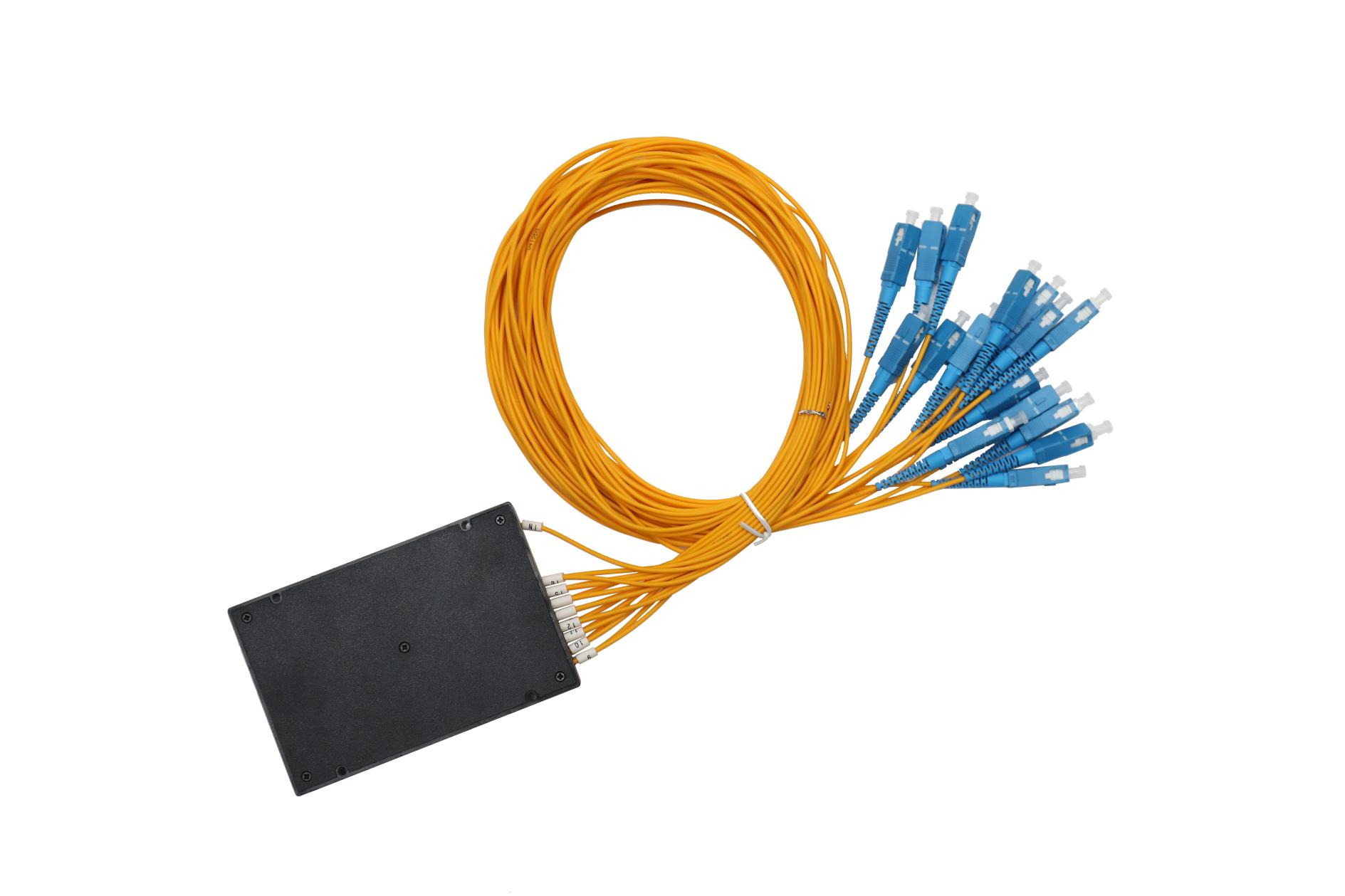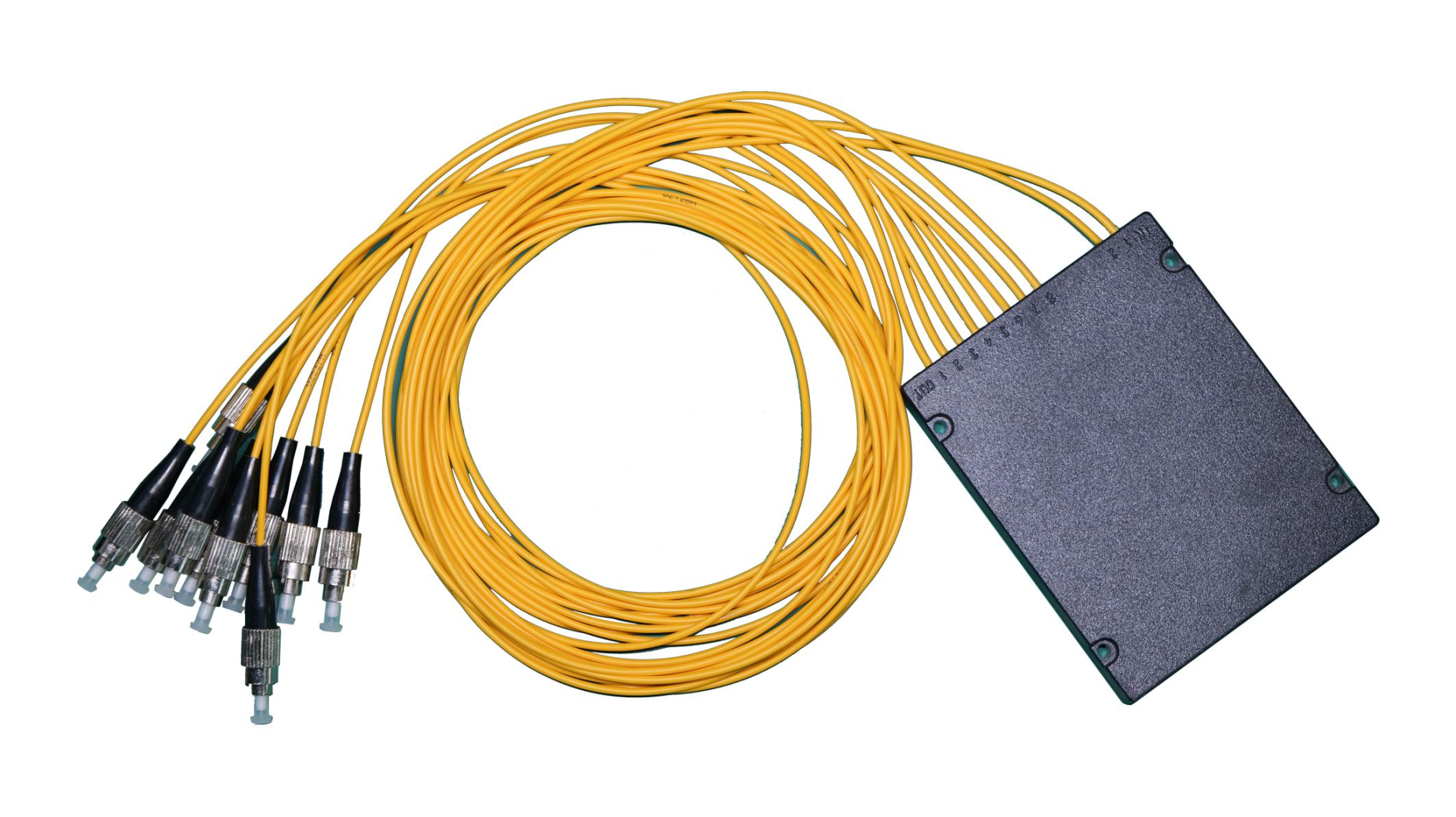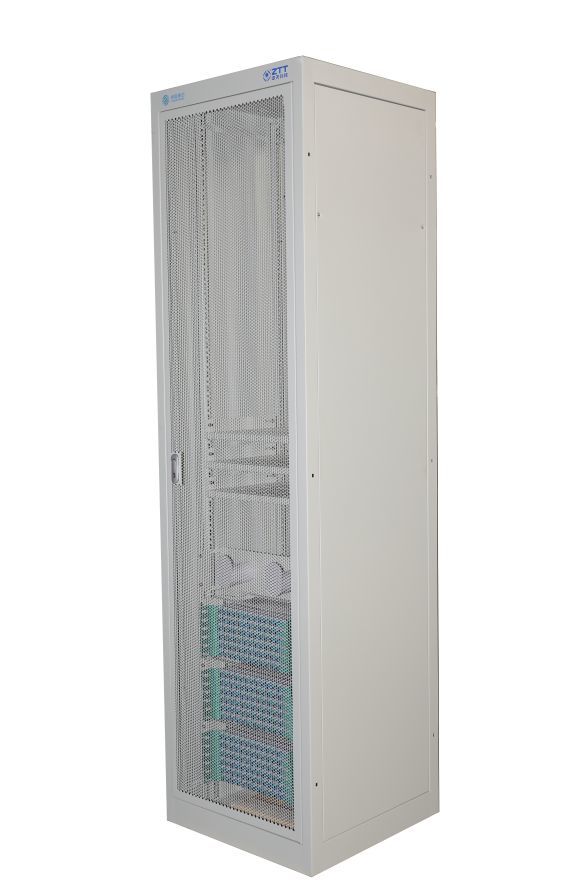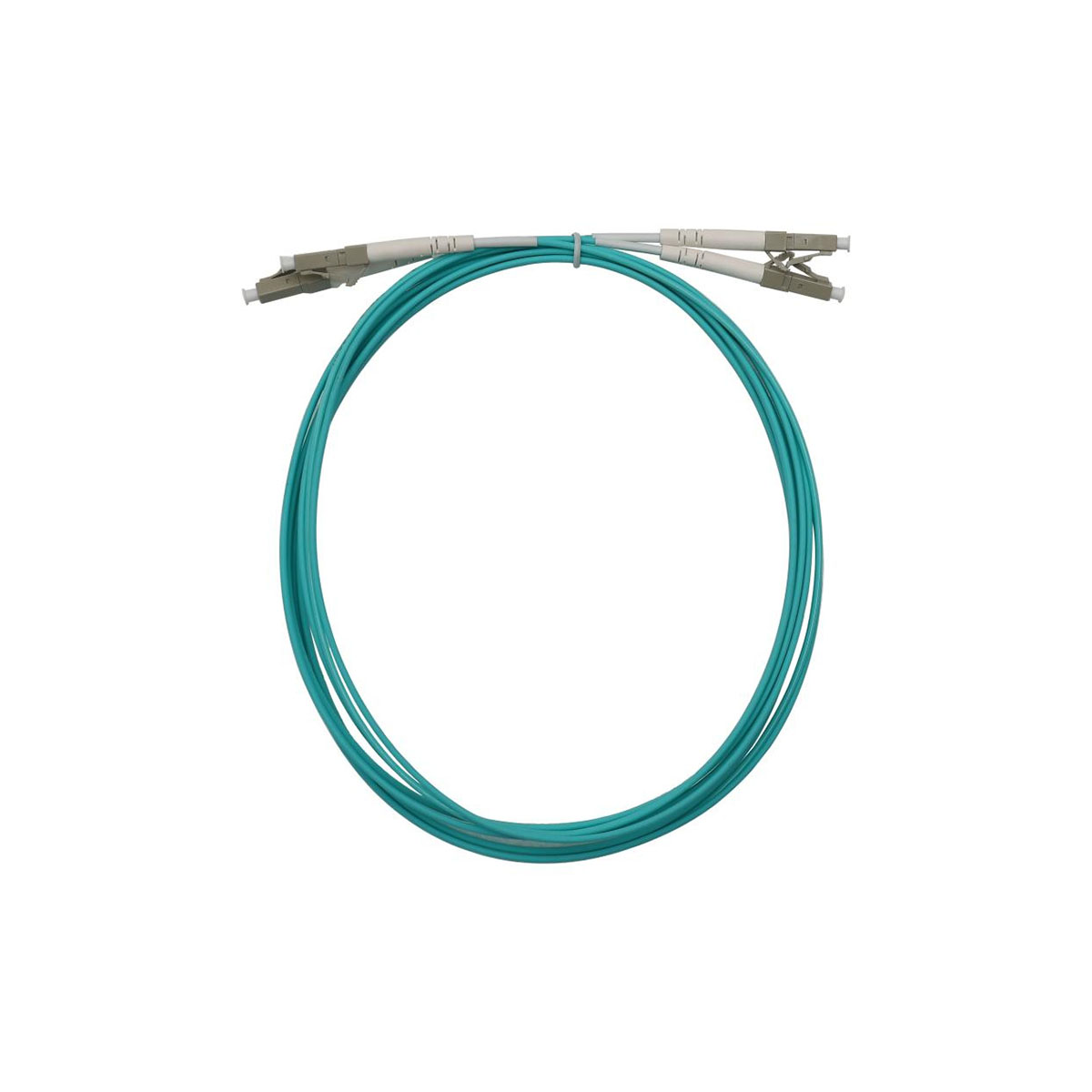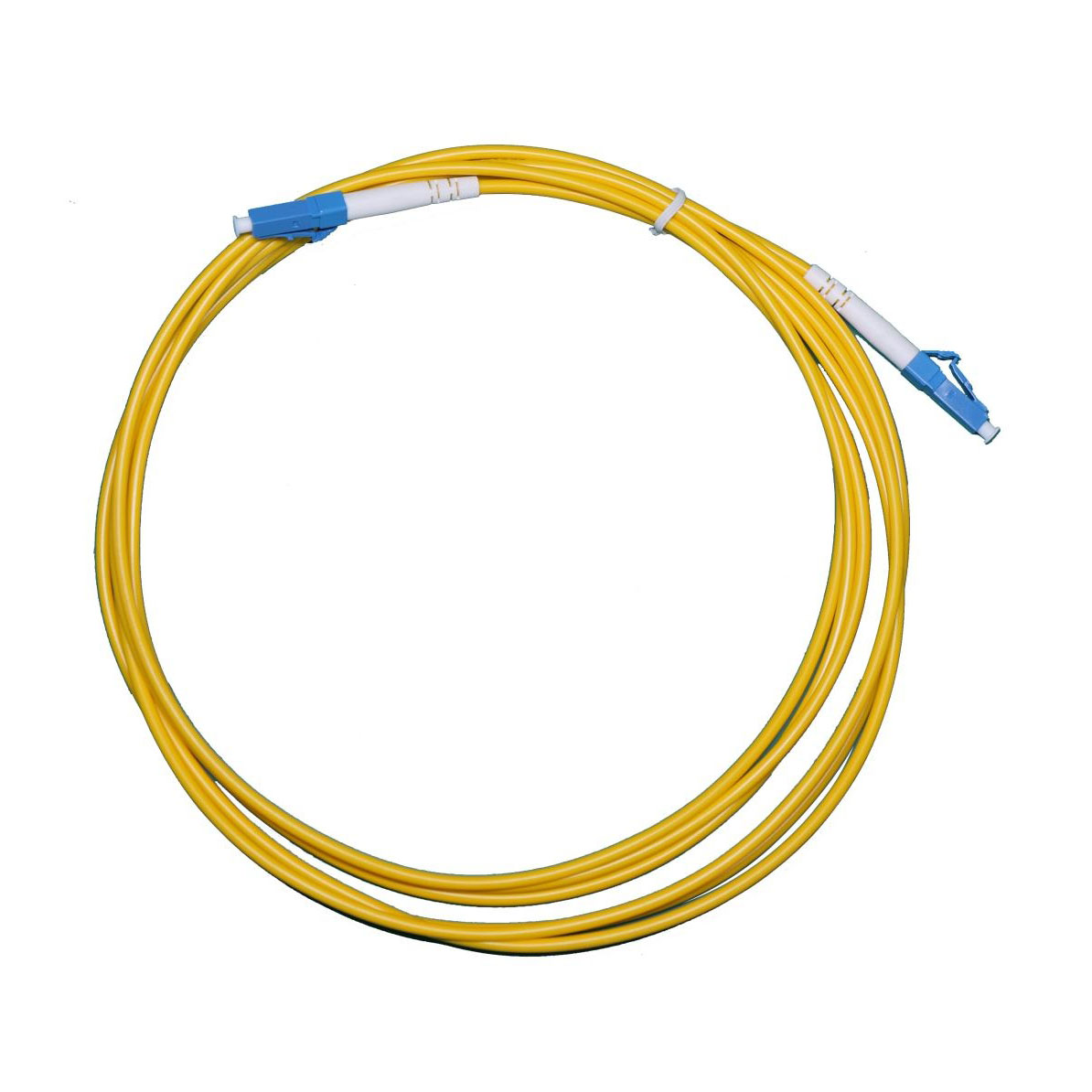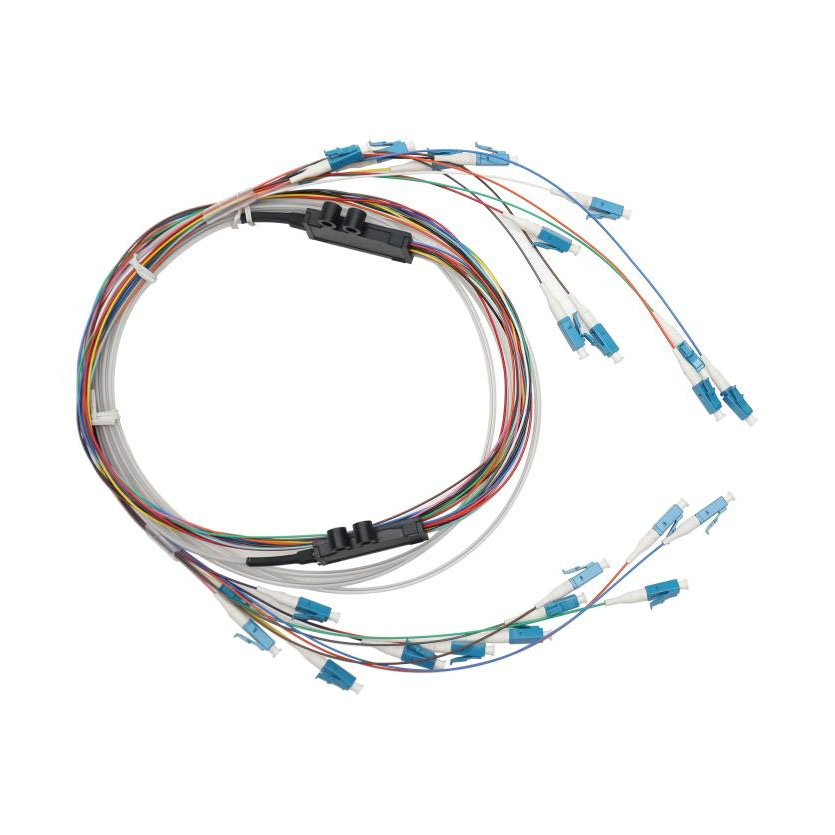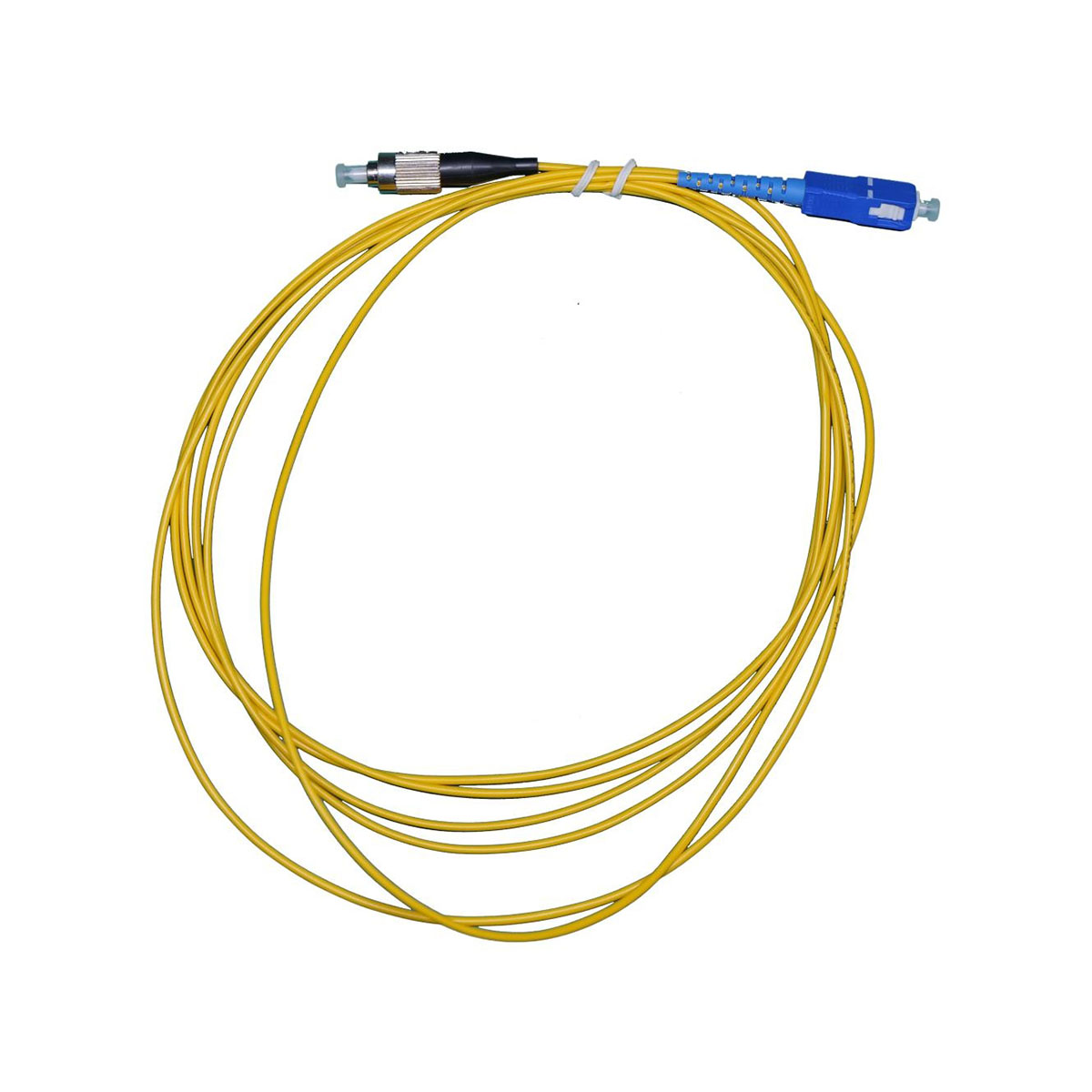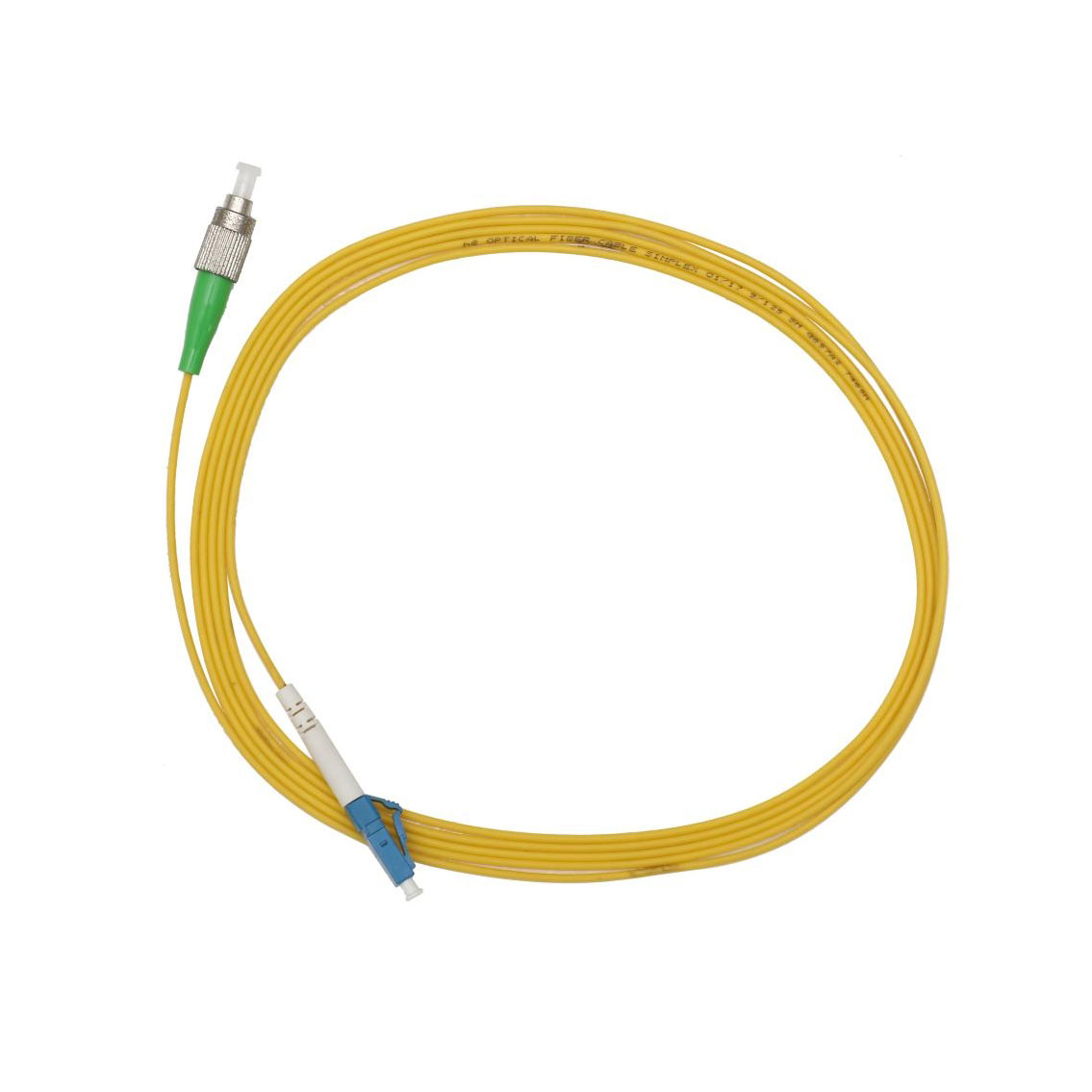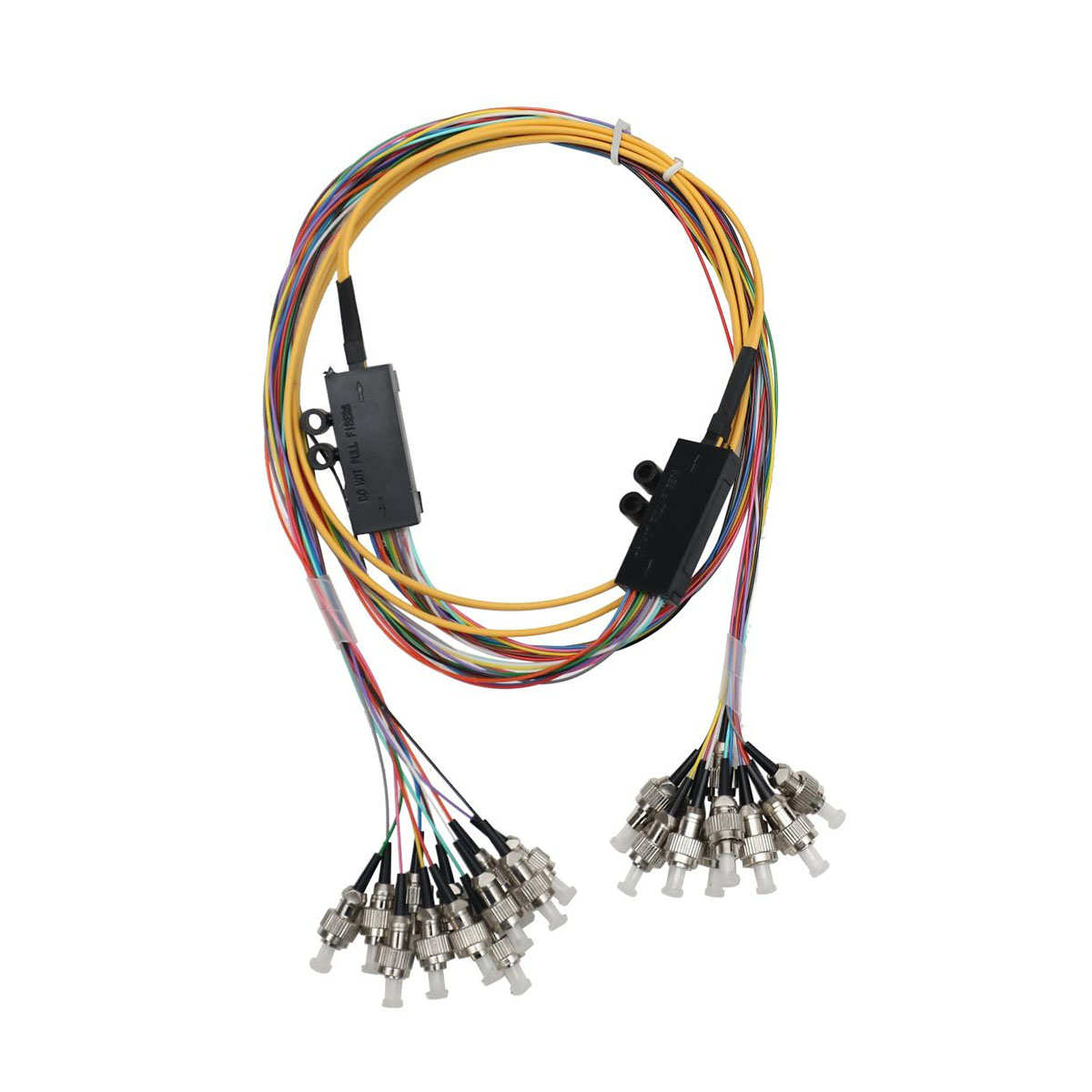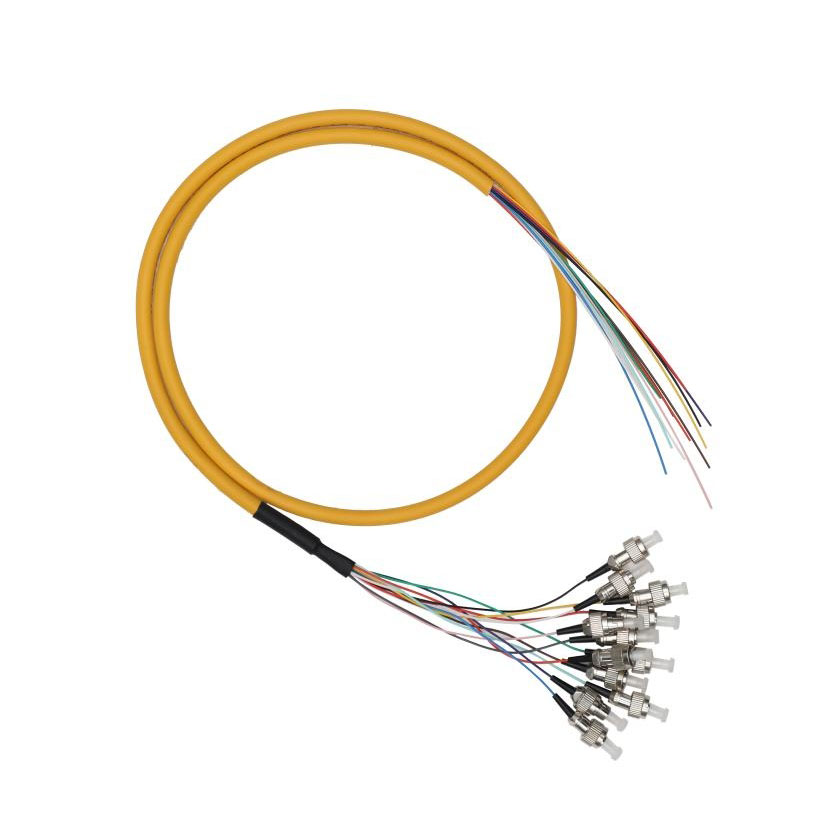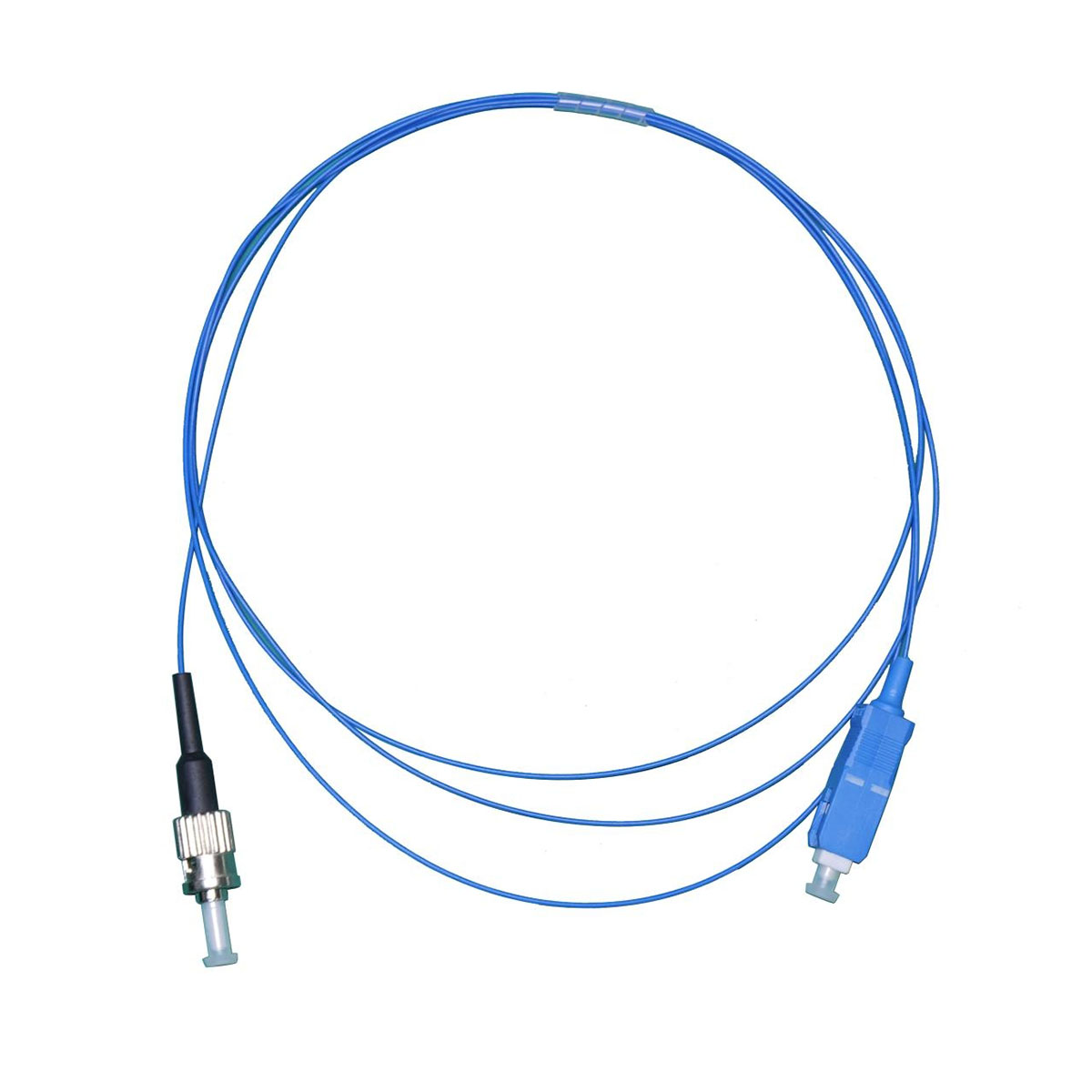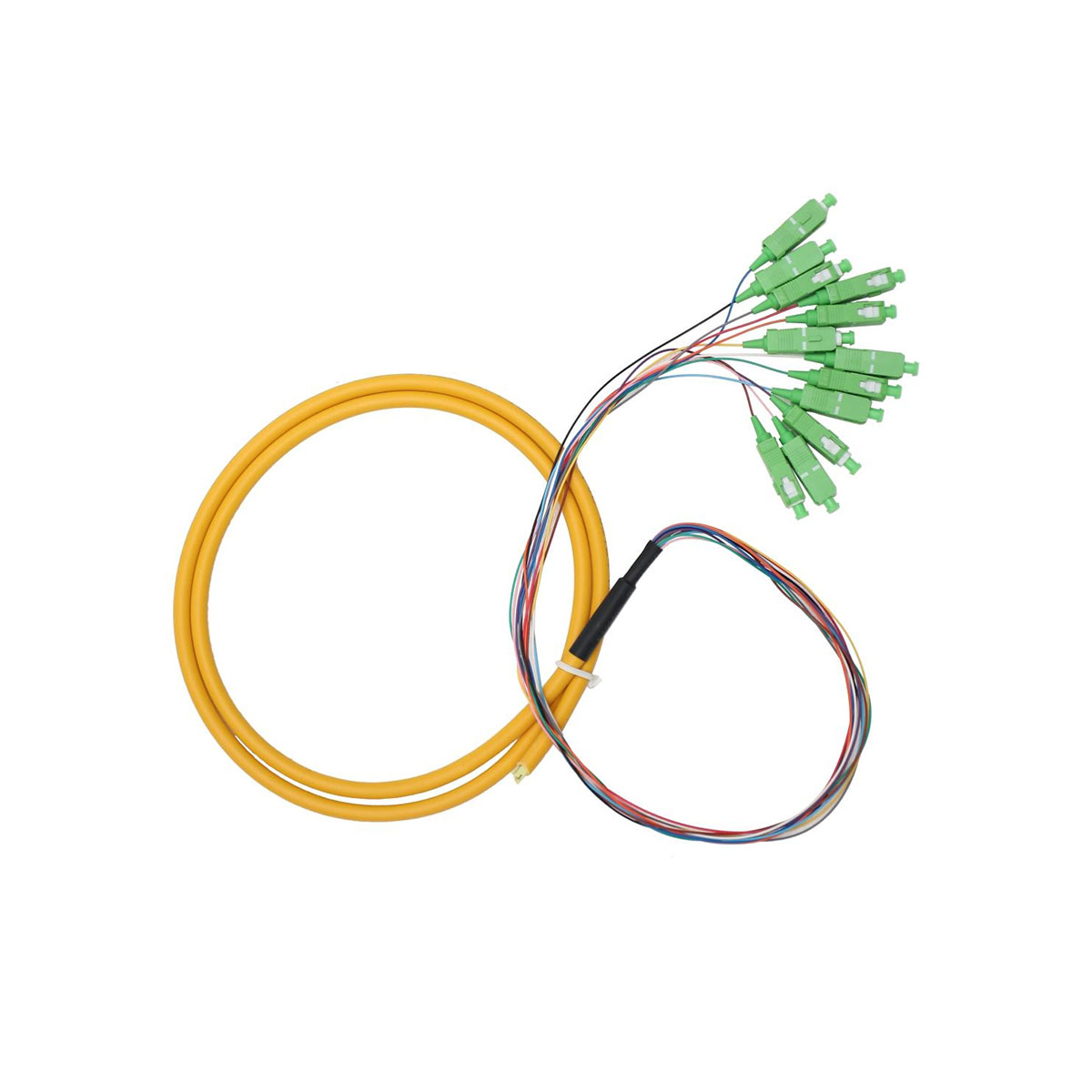Products
More products
SC-APC12 fiber optic patch cord
| Color: | |
|---|---|
| Length: | |
| End face: | |
| Wire diameter: |
Classification:
Product Description
1. Product Features
● Low insertion loss
● Good repeatability
● High return loss
● Good interchangeability
● Good temperature stability
● Strong tensile performance
2. Product Applications
● Fiber optic communication systems
● Fiber optic access networks
● Fiber optic data transmission
● Fiber optic CATV
● Local Area Network (LAN)
● Testing equipment
● Fiber optic sensors
3. Product Technical Parameters
1. Optical Performance
|
Parameter |
Unit |
FC, SC, LC |
ST, MU |
|||
|
SM |
MM |
SM |
MM |
|||
|
PC/UPC |
APC |
PC |
PC/UPC |
PC |
||
|
Fiber Type |
|
G652D, G657A |
50/125, 65.2/125 |
G652D, G657A |
50/125, 65.2/125 |
|
|
Insertion Loss |
dB |
≤ 0.3 |
≤ 0.3 |
≤ 0.3 |
≤ 0.3 |
≤ 0.3 |
|
Return Loss |
dB |
≥ 50 |
≥ 60 |
≥ 30 |
≥ 50 |
≥ 30 |
|
Operating Wavelength |
nm |
1310, 1550 |
1300(OM1)850 |
1310, 1550 |
1300(OM1)850 |
|
|
Interchangeability |
dB |
≤ 0.2 |
≤ 0.2 |
|||
|
Vibration |
dB |
≤ 0.2 |
≤ 0.2 |
|||
|
Operating Temperature |
|
-40~75 |
-40~75 |
|||
|
Storage Temperature |
|
-45~85 |
-45~85 |
|||
2. Other Requirements
|
Wire Diameter |
mm |
φ 3.0, φ 2.0, φ 0.9 |
φ 3.0, φ 2.0, φ 0.9 |
|
Color |
|
SM |
MM |
|
Blue, Orange, Green, Brown, Gray, White, Red, Black, Yellow, Purple, Pink, Aqua |
Orange, Aqua |
||
|
Length |
M |
0.3~200 |
|
|
Sheath Material |
|
PVC, LSZH |
|
|
Number of Cores |
D |
1, 2, 4, 6, 8, 12, 24 |
|
|
Tensile Strength |
N |
30, 50 |
|
3.3D Indicators
|
Name |
Unit |
APC |
UPC |
||
|
1.25mm |
2.5mm |
1.25mm |
2.5mm |
||
|
Curvature Radius |
mm |
5.0~12.0 |
5.0~12.0 |
7.0~25.0 |
1.0~25.0 |
|
Apex Offset |
um |
0.0~50.0 |
0.0~50.0 |
0.0~50.0 |
0.0~50.0 |
|
Fiber Height |
nm |
-100~100 |
-100~100 |
/~50.0 |
/~50.0 |
|
APC Ferrule Angle |
deg |
8°(±0.5°) |
8°(±0.5°) |
---- |
---- |
|
APC Key Angle Error |
deg |
-0.5~0.50 |
-0.5~0.50 |
---- |
---- |
Key words:
Product inquiry
Fill in your phone and E-mail information, we will get in touch with you in a working day, as soon as possible to solve your problems.
Contact Phone:
Address: Xiaoxuzhuang Industrial Zone, Zhouguantun Town, Qing County, Cangzhou City, Hebei Province
Manager:+86-17331733677(Liu Xinli)
Production Director:+86-18303293456(Li Xing)
Sales Manager:+86-18733003099(Liu Wei)
E-mail:lwm628@163.com

Official Public Number

Mobile official website




